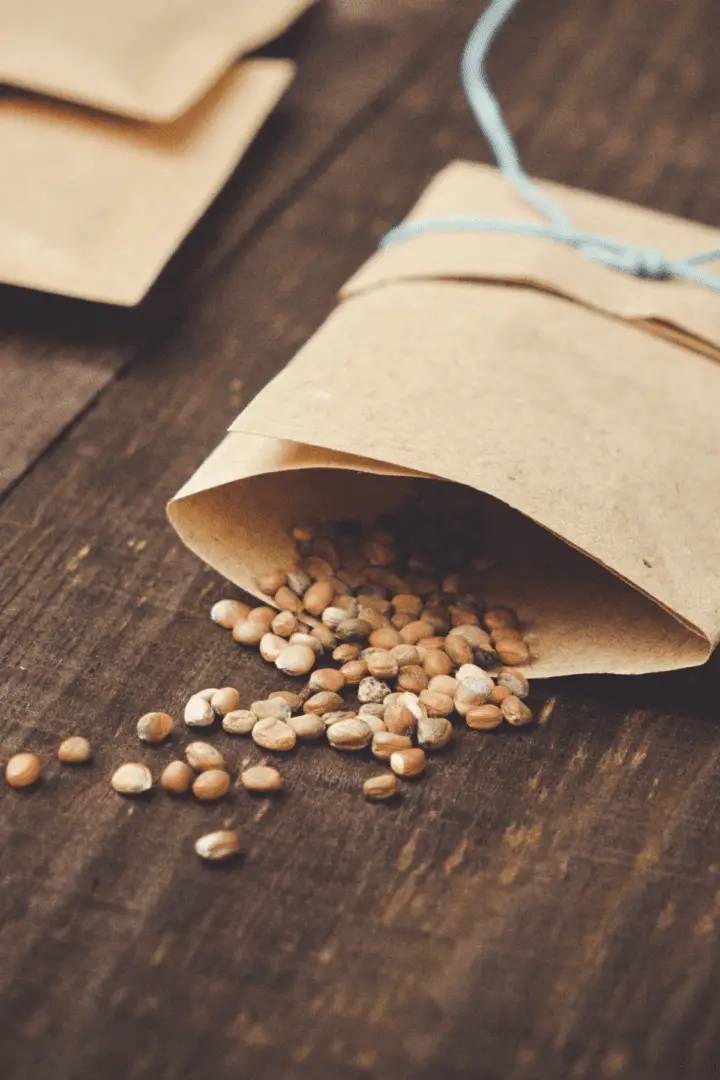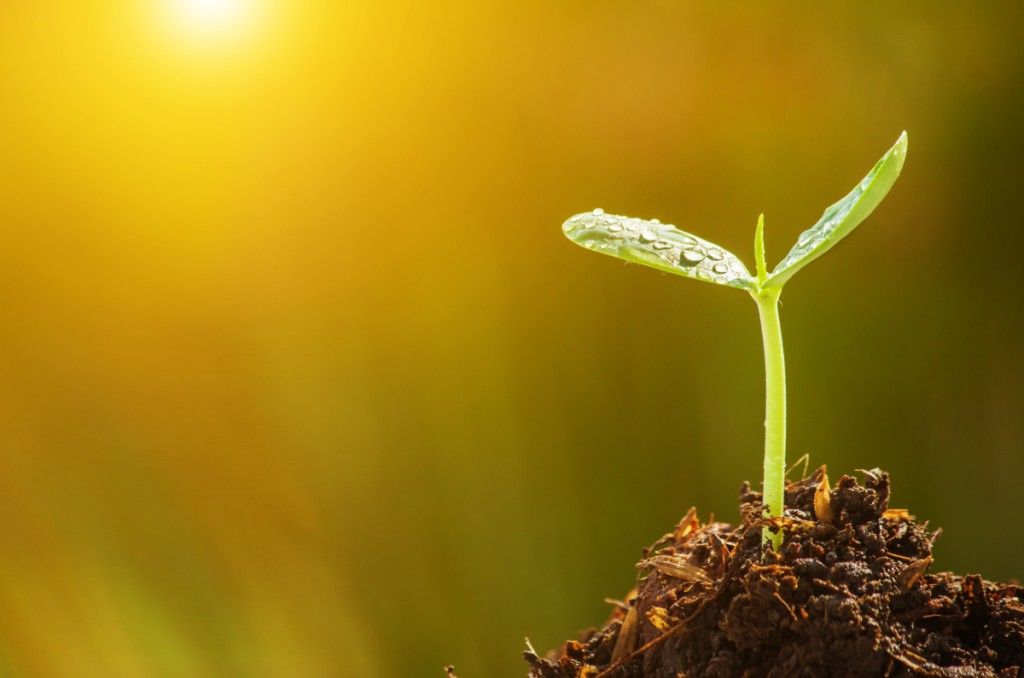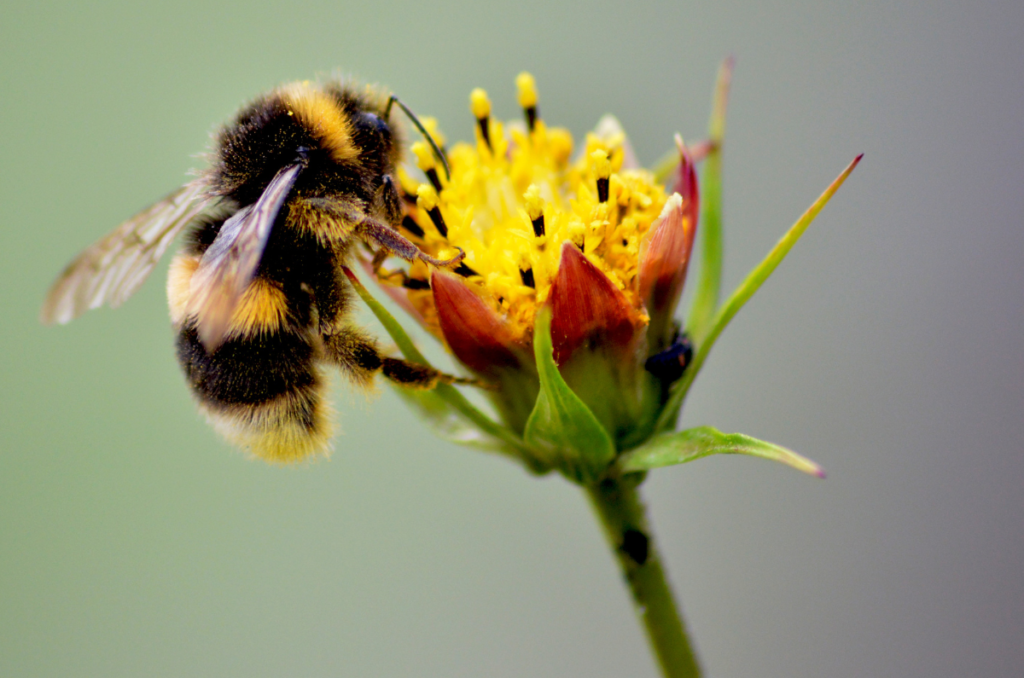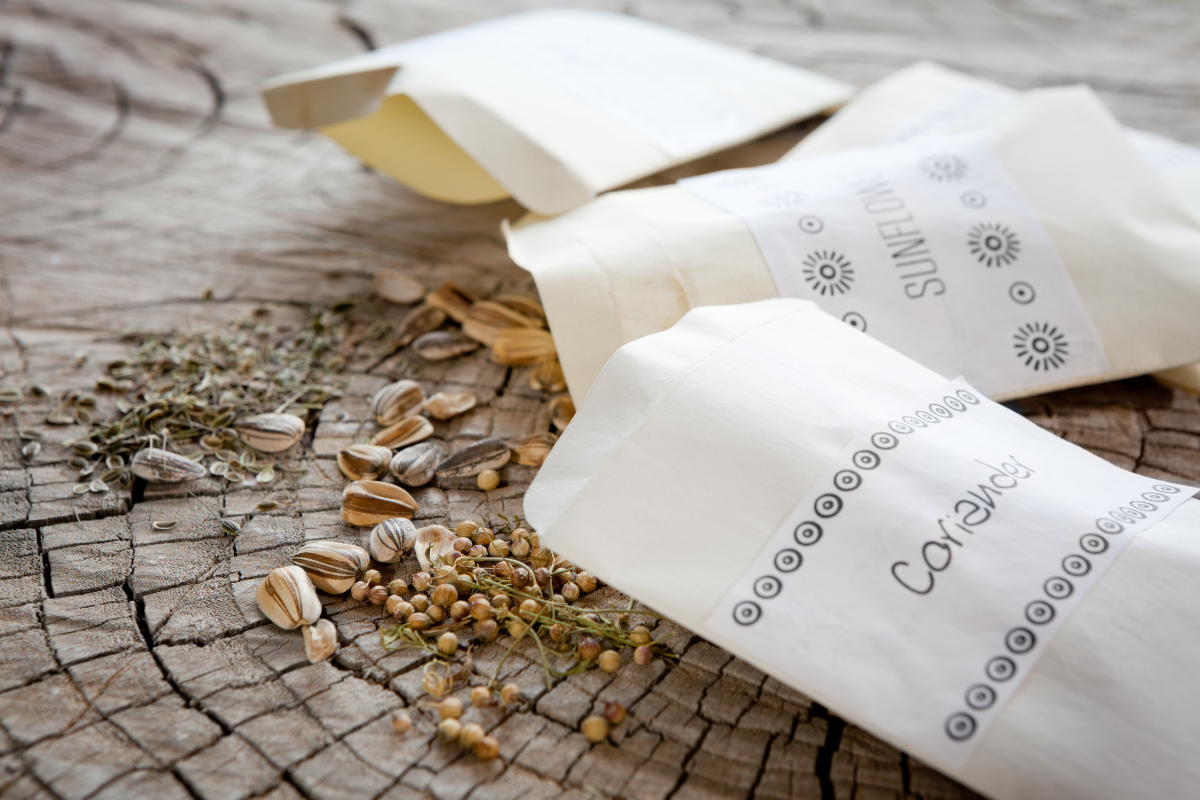Disclaimer: This blog post contains affiliate links. If you make a purchase through these links, I may earn a small commission at no additional cost to you. Learn More. Thank you for supporting our garden community.
Saving Seeds For Next Year’s Crop: A Complete Guide
As the gardening season draws to a close, it’s time to discuss a crucial aspect of sustainable gardening: saving seeds for next year’s crop. In this comprehensive guide, we will explore the importance of saving seeds, the benefits it offers, the best vegetables for seed-saving, how to save seeds from specific vegetables, and other essential tips to ensure a successful seed-saving experience.

Seed saving is one of the most rewarding and “full-circle” gardening tasks that is relatively easy for you to do in your garden.
Saving Seeds for Next Year’s Crop
In this post, you will learn about the importance and benefits of saving seeds from your garden, such as reducing dependency on buying seeds, preserving plant varieties, and promoting sustainability. This post provides practical advice on the best vegetables for seed-saving and detailed steps on how to save, ferment, and store seeds from various selected vegetables.
In addition, we offer tips for maximizing seed viability and ensuring successful seed-saving, including proper pollination techniques and focusing on locally adapted varieties. Finally, it communicates the rewarding nature of seed-saving, emphasizing its role in preserving plant genetic diversity and ensuring the continued abundance of gardens for future generations.
Why Save Seeds from Our Gardens?

Saving seeds from our gardens is not only a way to preserve plant varieties but also contributes to maintaining genetic diversity. By saving seeds, we can become self-reliant and reduce our dependency on purchasing seeds every year.
This ancient practice allows us to cultivate plants that are well-suited to our local environment, ensuring their adaptability and resilience.
Benefits of Saving Seeds from Our Gardens
Saving seeds offers numerous benefits. Firstly, it allows us to select and save seeds from plants with desired traits such as flavor, color, or disease resistance, ensuring the quality and uniqueness of future generations of plants.
Secondly, it provides us with a cost-effective way to expand our garden each year without the need to purchase seeds.
Thirdly, plants grown from home-saved seeds are slightly more adapted to your garden’s growing conditions, including weather, climate, sunlight, and more.
Additionally, saving seeds promotes sustainability by reducing our ecological footprint, eliminating the packaging and transportation associated with commercial seeds.
Best and Easiest Vegetables to Save Seeds From

Certain vegetables are more suitable for seed-saving due to their characteristics and ease of extraction. Here are some popular choices:
Beans: Beans are self-pollinating plants, making it relatively easy to maintain the integrity of their seeds. Simply allow the pods to mature on the plant until they are dry and brittle before harvesting.
Tomatoes: Tomato seeds can be easily extracted by scooping out the seeds from overly vine-ripened fruits. Ferment the seeds for a few days in a cup and dry them before storage.
Lettuce: To save lettuce seeds, allow the plant to bolt and flower. The seeds develop inside small, fluffy structures called pappi, similarly to dandelions. Collect them as they turn brown and dry.
Peppers: Peppers are excellent candidates for seed-saving. Let the pepper fruits fully ripen on the plant until they turn their ripe colour. Then, Collect the seeds by removing the central membrane and allow them to air dry.
Cucumbers: Select fully mature cucumbers and allow them to turn yellow on the vine. Cut them open, scoop out the seeds, and ferment and dry them in the same way as tomatoes.
Carrots: Carrots produce seeds in their second year. Overwinter the carrot plants, then collect the seeds from dried flower heads. Rub the heads to separate the seeds from the chaff.
Pumpkins: Choose fully mature squash with tough skin. Cut open the squash, remove the seeds, rinse them, and pat dry. Allow them to cure for a few weeks before storing.
Remember to label and store seeds in a cool, dry place in airtight containers to maintain their viability.
Additional Tips For Saving Seeds

- Pollination: Proper isolation or hand-pollination techniques are essential to maintaining seed purity and preventing cross-pollination.
- Seed Viability: Different seeds have varying shelf lives. Research the recommended storage duration for each seed type to maximize their viability. Home-saved seeds will almost always have a longer shelf life than store-bought.
- Local Varieties: Whenever possible, prioritize saving seeds from locally adapted varieties for better survival in your specific climate and growing conditions.
By adhering to these guidelines, you can help preserve the genetic diversity of plants while enjoying a bountiful harvest year after year.
Frequently Asked Questions
Don’t save seeds from plants treated with pesticides or herbicides. When handling unknown plants, wear gloves to avoid any potential skin irritation.
Saving seeds requires some planning and attention to detail. It may not be successful with all plants, and some saved seeds may not germinate as well as store-bought seeds
Saving seeds can save you money and allow you to grow varieties that may not be readily available commercially. It’s also a way to connect with the plants you grow and become more self-sufficient in your gardening.
Store dried seeds in airtight containers in a cool, dry, and dark location. Label your seeds with the plant name and date to keep track of what you have saved
Seed viability varies depending on the plant. Beans, peas, and some herbs can last for several years, while others like onions and carrots may only be viable for a shorter period.
Seed maturity varies depending on the plant. For many vegetables, the seed pods will dry out and turn brown when the seeds are ready. Flowers may dry up and turn to seed heads. Do some research on the specific plant you are interested in
Products
For all-purpose organic fertilizers, check out Arber.
For organic, non-GMO garden seeds, check out SeedsNow.
For a wide selection of garden plants, check out Nature Hills Nursery.
For gardening equipment, check out Bootstrap Farmer.
For gardening tools and supplies, check out VIVOSUN.
Conclusion
Saving seeds is a fulfilling and sustainable practice that connects us to the long history of gardeners. With an understanding of the importance of seed-saving, knowledge of the best vegetables for seed-saving, and mastery of seed-saving techniques, you can take control of your garden’s future.
Embrace this ancient tradition and play a vital role in preserving the integrity of our plants and ensuring the continued abundance of our gardens for generations to come.
If you want to learn more about gardening, foraging, nature, and sustainability, check out The Real Gardener on Instagram, YouTube, and Pinterest.
Leave a Reply